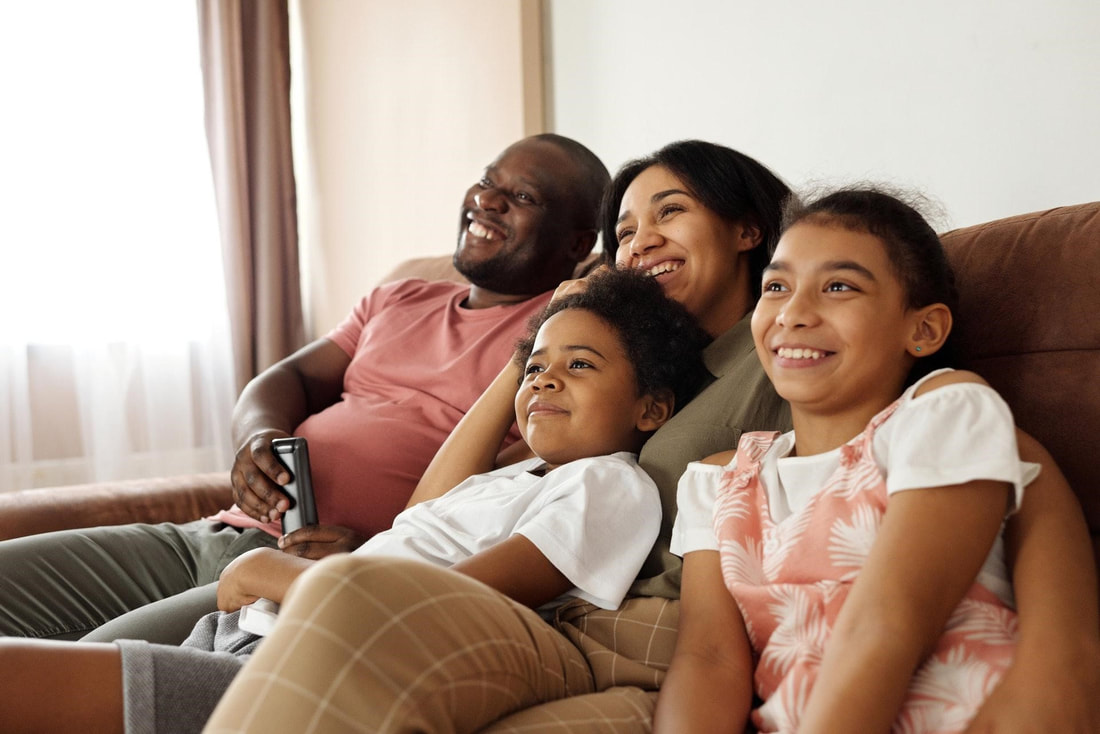Avoid Chaos and Confusion
Since the COVID-19 outbreak began, your family’s usual routines may have been thrown out of whack. Suddenly, your kids were home from school, you were working remotely, and you had to say goodbye to the old schedule that your family had followed for years. This may have caused confusion and chaos in your household, but establishing new routines can help you feel like you’re in control again. Create morning, afternoon, and evening schedules that everyone can follow so your family can regain a sense of stability throughout the next phase of this pandemic.
Address Lack of Exercise
Chances are, your family has been spending most of their time indoors for the past few months as a precaution. But according to MetalBladeCycles, a lack of physical exercise can contribute to stress and anxiety, and you’ll likely end up taking these negative emotions out on each other.
If you’ve all been feeling a bit moody and sluggish lately, it’s time to exercise outdoors! Try engaging activities like running, hiking, biking, and even rock climbing - all of these sports will boost your family’s overall health.
Gaining Quality Time
Perhaps your family has been neglecting opportunities for memorable quality time, and because of this, you’re feeling distant from each other. In addition to outdoor sports, your family can also take advantage of time in nature to simply relax together. Try spending a sunny afternoon in your backyard, having a picnic at a nearby park, taking a road trip to a local beach for the day, or even going on a weekend camping trip. Afterward, your family will feel refreshed and rejuvenated!
Make Space for “Me Time”
Getting enough “me time” is especially important for people in your household who happen to be introverted, but that can be tough to achieve when everyone is in isolation. According to VeryWellFamily, kids need time alone to develop their imaginations and feel more independent. They might enjoy solo activities like drawing and painting, playing with blocks, or telling stories with their dolls and stuffed animals, which will give you a break! If you want to encourage your children to spend more time reading, consider purchasing a few entertaining graphic novels for them. Before buying a particular book, research the storyline, make sure it’s age-appropriate, and check out a few Amazon reviews to ensure your kids will enjoy it.
Self-isolating is the simplest way to protect your family from contracting COVID-19. But there’s no denying that taking these precautions does present new challenges for your household. Many families in isolation feel exhausted and frustrated by the events of this year. However, if you come up with strategies to safely enjoy outdoor activities, find new sources of entertainment for your kids, and give everyone in your family some more time alone, your household will be able to ride out this pandemic with ease!
Guest blog courtesy of Elena Stewart
Photo via Pexels

 RSS Feed
RSS Feed